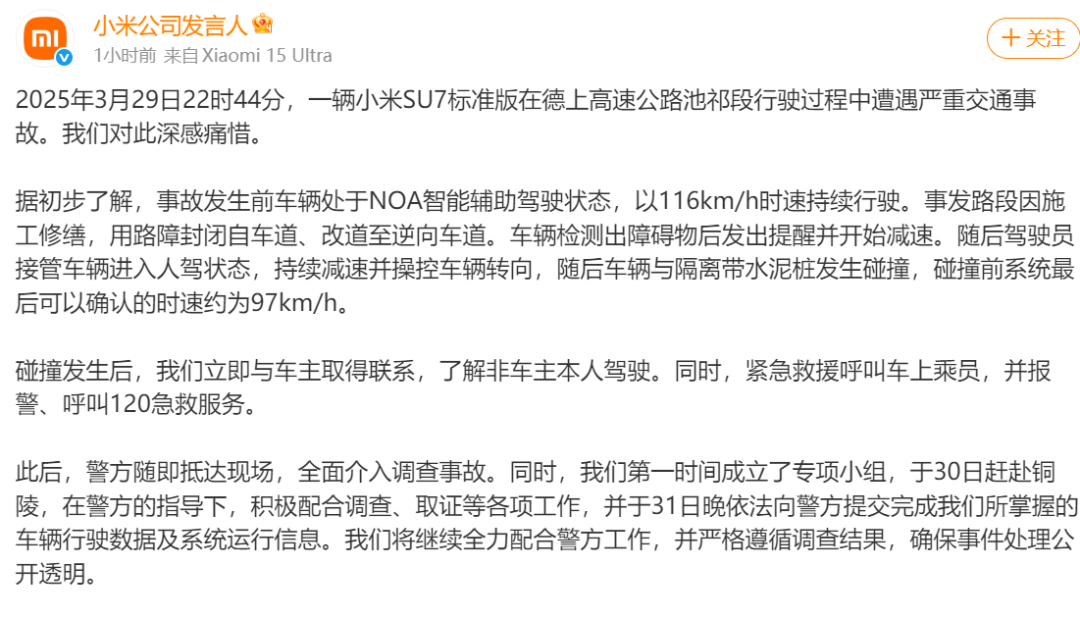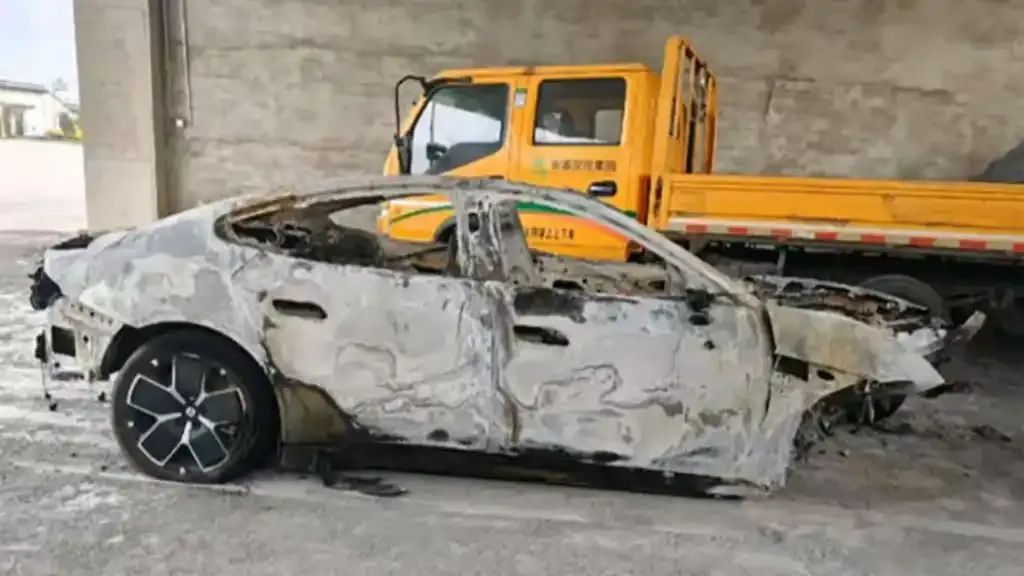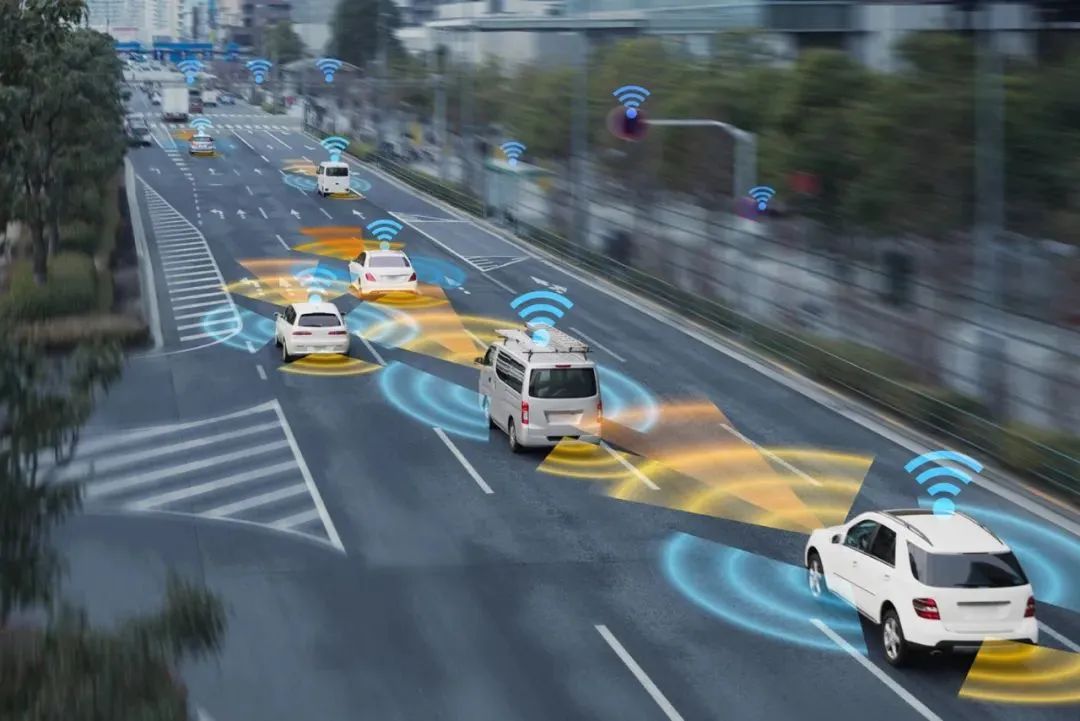html
A Critical Juncture for Autonomous Tech: Decoding Industry Future Through Accident Analysis
The recent fatal collision involving a Xiaoyi SU7 intelligent vehicle has ignited urgent conversations about autonomous driving safety. This incident – occurring at 116km/h with three fatalities – serves as a stark reminder that while technology advances rapidly, human understanding and industry standards lag behind. Discover how this tragedy exposes critical gaps in both technological capabilities and user awareness.
1. Accident Reconstruction & Technical Breakdown

Key data points reveal systemic vulnerabilities:
- NOA system issued 7 warnings within 12 seconds before impact
- Driver’s hands-off duration exceeded safety thresholds by 43%
- Braking response latency reached critical 1.8 seconds post-warning
2. Autonomous Driving Levels Demystified

Current mass-produced vehicles max out at Level 2+ (partial automation). Manufacturers’ marketing often misrepresents capabilities:
- 82% of consumers believe “autopilot” equals full autonomy
- Only 3% of new car buyers fully understand system limitations
3. Automotive Marketing Missteps

Regulatory gaps enable deceptive practices:
- Undefined terms like “self-driving” in 74% of ads
- Simulated vs real-world performance discrepancies up to 60%
- Safety warning disclaimers buried in 8-page legal documents
User Safety Protocol Checklist
Never assume the system:
- Detects all road hazards (current sensor failure rate: 12-18% in complex scenarios)
- Operates flawlessly in adverse weather (performance drops 40-60% in rain/fog)
- Replaces human vigilance (required monitoring every 15-20 seconds)
4. Technical Evolution Roadblocks

Critical development challenges remain:
- Ethical decision algorithms (trolley problem programming)
- Cross-manufacturer data sharing resistance
- Cybersecurity vulnerabilities in V2X communications
5. Global Regulatory Benchmarks

Leading frameworks worth emulating:
- German “Black Box” mandate for accident data recording
- California’s disengagement reporting requirements
- Japan’s AI decision transparency laws
6. Consumer Action Plan

Proactive measures for safer ownership:
- Demand live system demonstrations during test drives
- Verify SAE Level certification through official channels
- Enable automatic emergency recording features
Shaping a Safer Autonomous Future

The path forward requires:
- Mandatory third-party safety certifications
- Standardized driver training programs
- Public-private accident data pools
This accident must serve as a catalyst for transforming hype into responsible innovation. The lives depending on this technology deserve nothing less.
